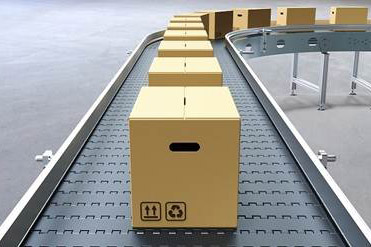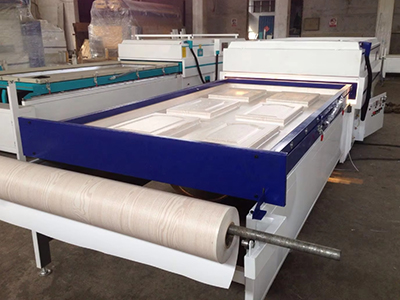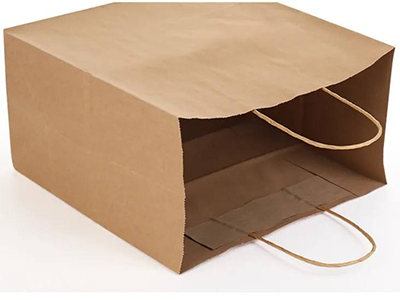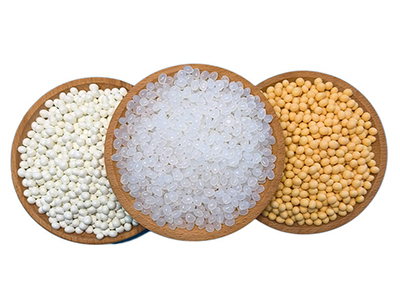How does Carton Sealing Adhesive seal boxes and cartons?
How does Carton Sealing Adhesive seal boxes and cartons? Every case and carton adhesive application involves the use of hot melt adhesive to seal the flaps. The adhesive is applied to one fin at elevated temperature and then placed in contact with the surface of the second fin . They are then compressed to form an airtight enclosure or carton.
Carton Sealing Adhesive is a packaging hot melt adhesive to get the best performance out of hot melt adhesives, but doing so requires a basic understanding of the many factors that can affect the performance of hot melt adhesives. These include substrate, substrate temperature, application temperature , application amount, compaction time and open time.
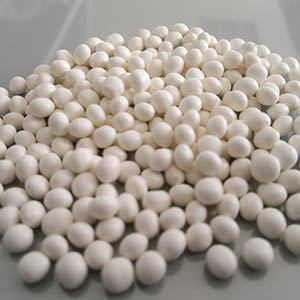
In addition to these common variables, there are other factors that can affect the performance of packaging hot melt adhesives, including:
1. Changes in environmental conditions, even for a short period of time. For example, opening a door in a cold environment or using a fan in a hot environment.
2. Use substrates that have been stored in uninsulated warehouses and have not reached room temperature prior to use.
3. Apply more adhesive for better bonding. Too much adhesive can actually slow down the set time and cause the shell to spring open when pressed.
4. Change to a new box or carton supplier.
Additionally, since typical hot melt adhesives used in the conversion process are thermoplastic, they tend to soften at higher temperatures. The choice of packaging hot melt adhesive should not only depend on the parameters of the processing line, but also on the environment of the sealed box or carton during transportation.
Another thing to keep in mind is that the melting temperature or softening point of an adhesive listed is not indicative of its heat resistance. For example, hot melt adhesives may soften at 105°C, while their heat resistance is only useful at 60~70 °C.


